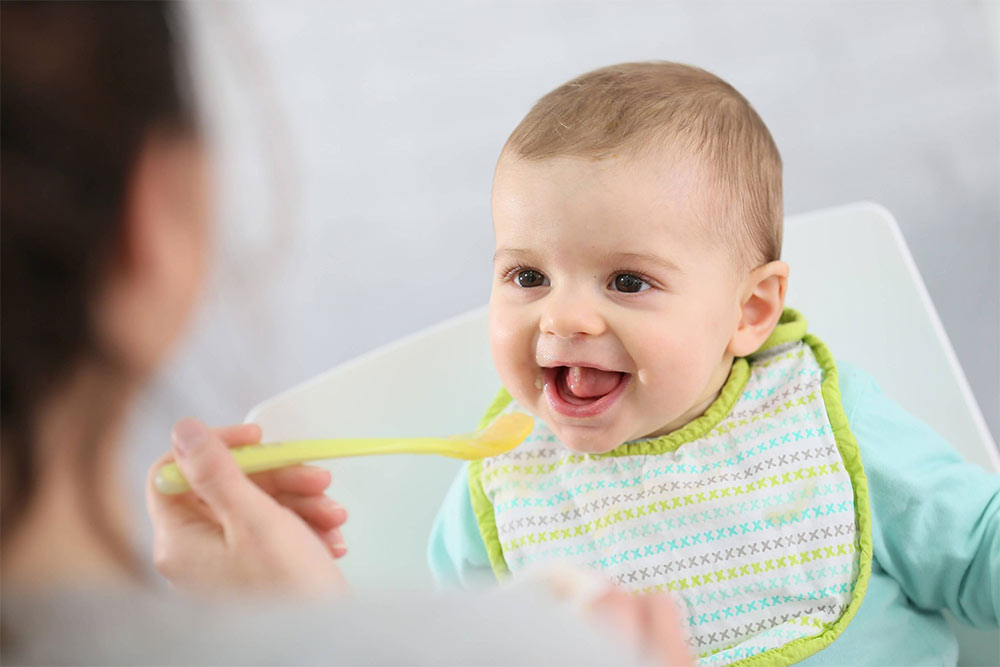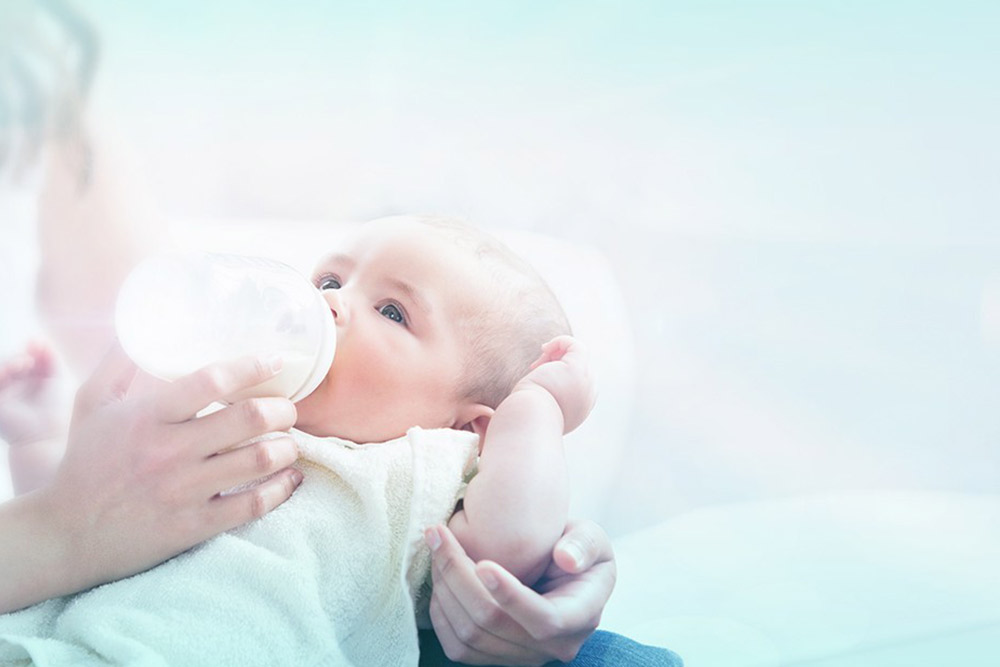
Transition of food habits from 1st year to 2nd year
From the age of 1 year, your baby will start learning to eat on her own. Therefore, a variety of foods must be presented in an appealing way so that it ultimately encourages the baby to try out the new foods.
Since your toddler will start exploring self-feeding at the age of 12 months, the baby will enjoy eating finger foods more. But you must remember one thing that even though you will be the one offering variety of foods, it totally depends on your baby how much the baby wants to eat and whether to eat or not. The big change for baby at this age isthe introduction of whole milk into the diet.
The age of 12 to 18 months is considered a good time for the transition to a cup.12 to 24 months old babies should drink whole milk for dietary fats which they need for normal growth and brain development. If there is family history of obesity or heart disease talk to your doctor before giving whole milk.
Some kids may reject cow’s milk at first because the taste is different from the breast milk and formula. So, you can try mixing whole milk with some formula or breast milk. Slowly adjust the mixture over time according to your child’s taste.Make sure that you limit whole milk intake from 2 to 3 cups, otherwise your baby will be less hungry and might face iron deficiency.
Complementary foods to give from the age of 1-2 years: Citrus fruits which are good sources of vitamin C, helps to absorb iron from other foods. Hence, tomatoes, orange, lemons containing vitamin-C should be given at every meal. Additionally, tomatoes are excellent source of lycopene (plant nutrient with antioxidant properties) which helps to prevent cancer and heart disease. Fruits which contain beta-carotene should also be introduced to children because later on, they transform into vitamin-A in the body.
When body is growing fast, the requirement for iron also increases. Therefore, give your toddler foods rich with iron like: meat, poultry, fish, iron-grains, banana etc.
It is good to maintain a normal schedule with your baby’s food pattern and quantity. But also bear in mind that your baby will not take the same amount of food every day. Try to follow a regular routine but follow your baby’s instincts when it comes to giving food.
Reference:
https://www.unicef.org/parenting/food-nutrition/feeding-your-baby-1-2-years
https://www.healthlinkbc.ca/healthlinkbc-files/meal-snack-ideas-1-3-year-old
https://kidshealth.org/en/parents/feed12yr.html
https://www.parents.com/baby/feeding/nutrition/superfoods-1-2-years/
https://www.eatright.org/food/nutrition/eating-as-a-family/dos-and-donts-for-babys-first-foods
https://www.mayoclinic.org/healthy-lifestyle/infant-and-toddler-health/in-depth/healthy-baby/art-20047741
https://kidshealth.org/en/parents/feednewborn.html
https://www.mustelausa.com/dressing-to-prevent-baby-eczema-flare-ups
https://www.webmd.com/parenting/diaper-rash-treatment#1
https://www.desitin.com/preventing-diaper-rash/how-to-prevent-diaper-rash
https://www.webmd.com/parenting/baby/what-baby-skin-care-products-do-you-need-your-newborn
https://www.healthychildren.org/English/ages-stages/baby/diapers-clothing/Pages/Diaper-Rash.aspx
Like (0)








